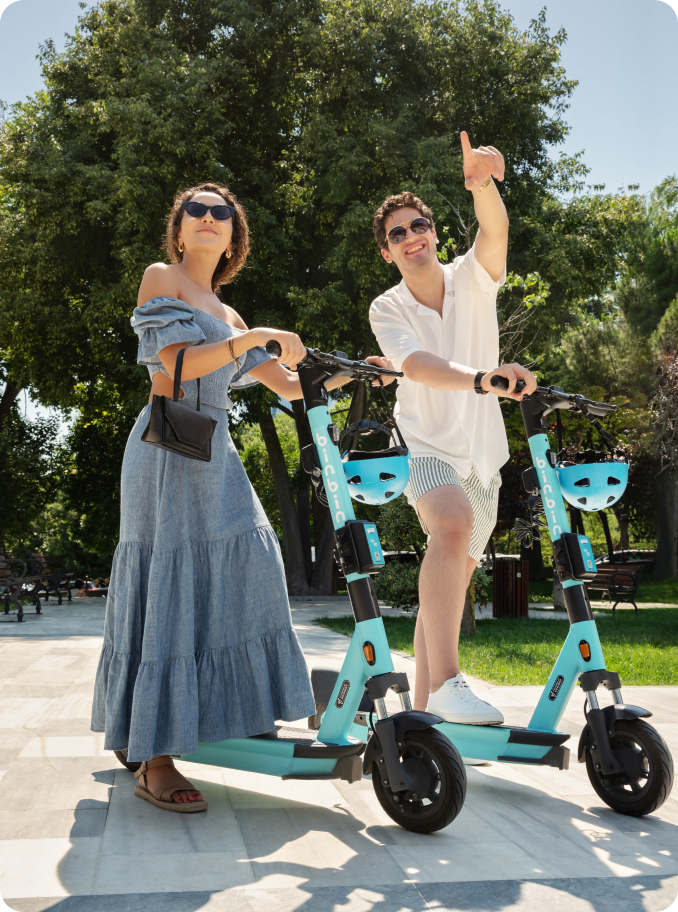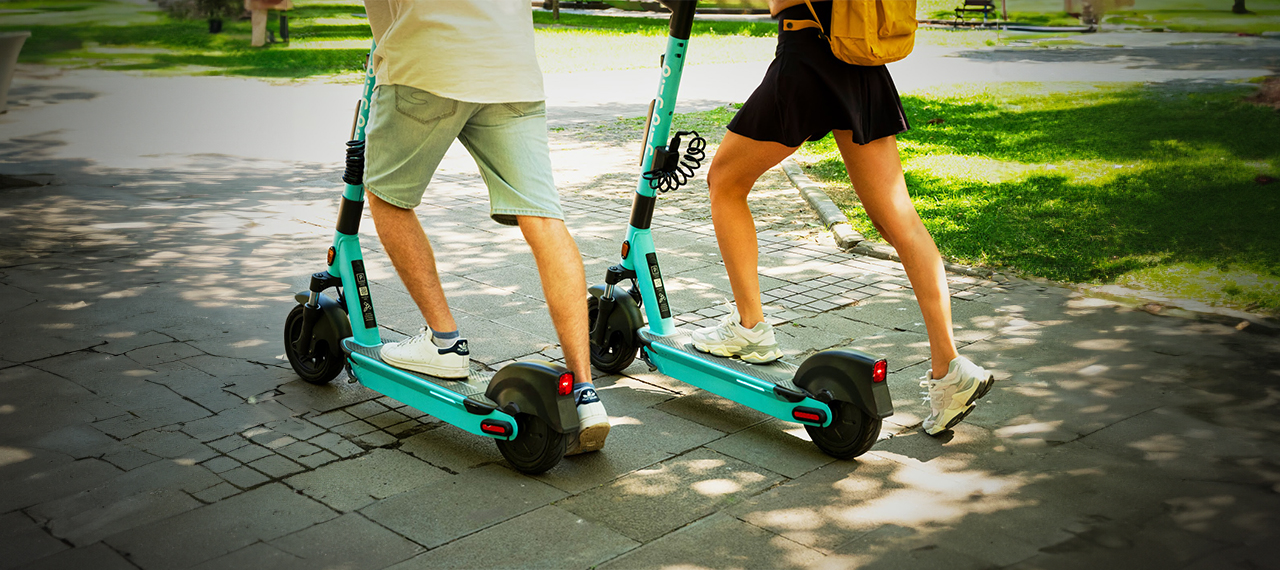Electric vehicles are gaining popularity as a practical and economical means of transportation. Considering the battery life of these vehicles through electric scooters will help us provide an overview. The battery technology used in electric scooters is a critical factor that directly affects performance and range. Lithium-ion batteries stand out as the most preferred battery technology in electric scooters. However, there are many other factors that affect battery life. Factors such as proper use, charging management, temperature control can have an impact on battery life. In this article, we will discuss the key points to know about the battery life of electric vehicles and how to optimize battery life.
Battery Technology in Electric Scooters
Battery technology in electric scooters is a critical factor that determines the performance and range of these practical vehicles that are widely used in daily transportation. Generally, lithium-ion batteries stand out as the preferred battery technology in electric scooters. Lithium-ion batteries are known for their high energy density, fast charging and low discharge rate. In this way, electric scooters can travel longer distances and can be charged in less time. In addition, the light weight of lithium-ion batteries increases the portability of scooters, while taking up less space provides ease of use. With the advancement of technology, battery technologies used in electric scooters continue to improve and have the potential to offer higher capacity and longer life.
How to Extend the Life of Electric Vehicle Batteries
The steps to efficiently use the battery in electric vehicles are as follows:
- Charging Correctly: Charging the battery correctly is an important way to extend its life. Avoiding overcharging or over-discharging the battery helps to keep it healthy. This means that the charge should not be brought to 100% and should not be reduced to 0% unless necessary. The reason for this, especially in lithium batteries, is to prevent the moving electrons from getting stuck on one side over time.
- Optimal Temperature: Operating the battery within the optimal temperature range prolongs its life. It is important to avoid high temperatures and protect the battery from extremely cold temperatures. Cold temperatures make electron movement difficult, while hot temperatures can cause false movement.
- Low Speed Charging: Charging the battery at a low speed can extend the life of the battery. Fast charging puts the battery under more stress. Therefore, it is better to charge at low speed.
- Avoiding Full Charge and Discharge: Instead of fully charging or fully discharging the battery, it is recommended to keep the battery at a half-full level.
- Regular Maintenance: Regular maintenance of the battery is also very important. Checking and cleaning the battery at recommended intervals protects the health of the battery.
- Smooth Driving and Careful Handling: Driving smoothly, avoiding sudden acceleration and hard braking will help preserve battery life and protect against physical damage.
Battery Capacity and Range Relationship
In electric scooters, battery capacity is an important factor that directly affects the range of the scooter. Battery capacity refers to the amount of electrical energy the scooter can store. A higher battery capacity usually offers a longer range. This is because more energy is stored, so the scooter can be used for longer. But other factors also influence the range. For example, riding style, speed, environmental factors such as hills or descents, and the health of the battery can affect the range. In general, though, a scooter with a higher battery capacity will be capable of traveling longer distances. Depending on the users’ needs and daily transportation requirements, the choice of battery capacity is an important decision and has a direct impact on the range of the scooter.






